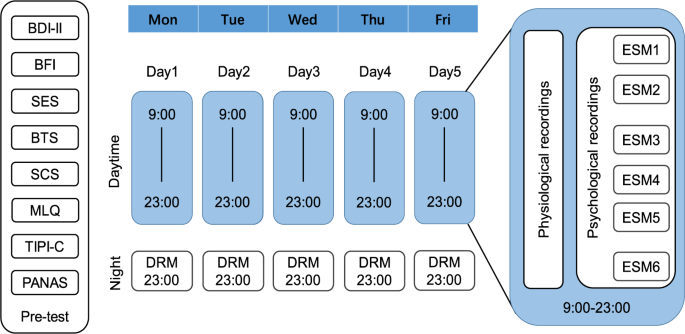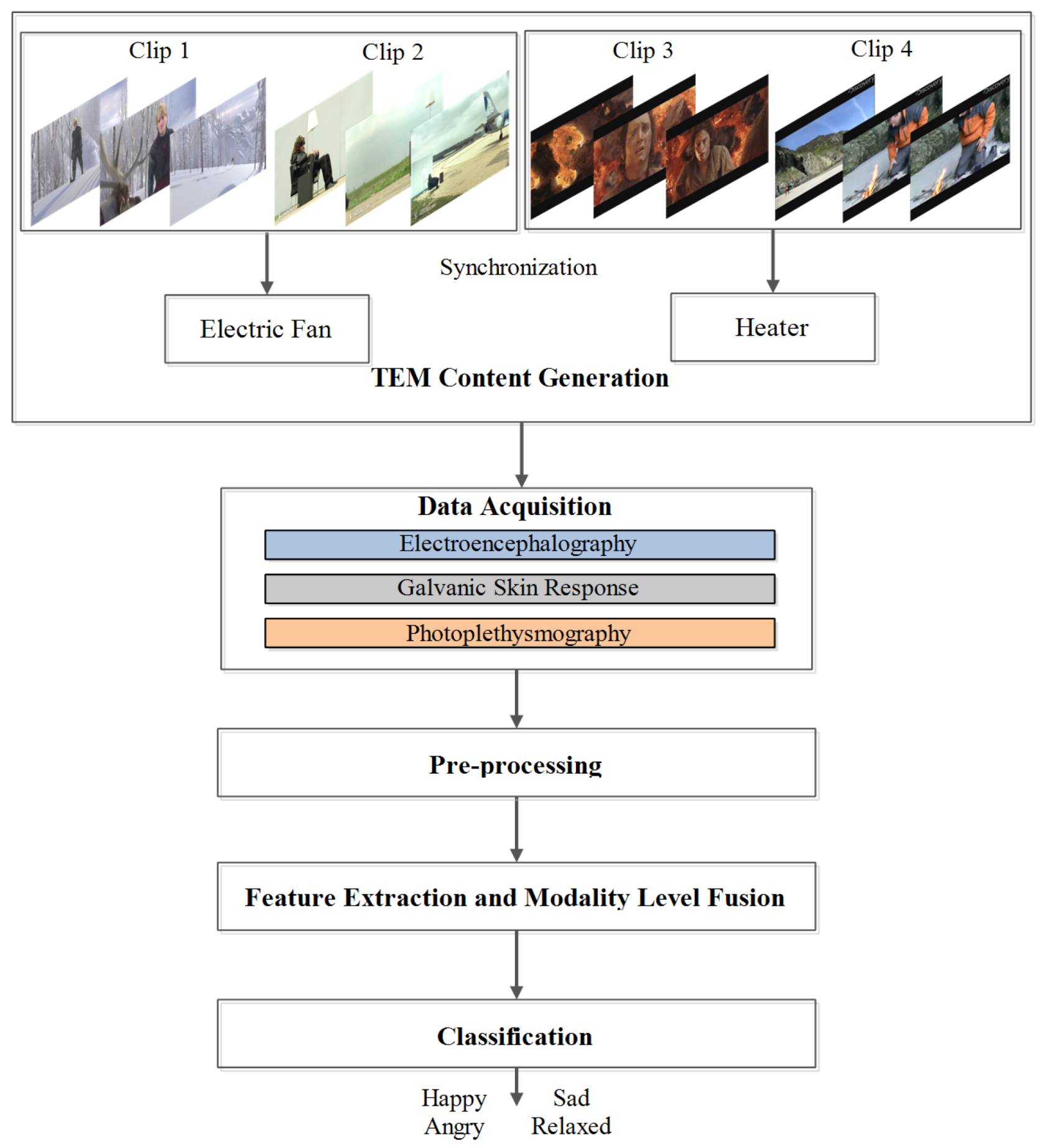

- CPT CODE FOR GALVANIC SKIN RESPONSE SERIAL
- CPT CODE FOR GALVANIC SKIN RESPONSE DRIVER
- CPT CODE FOR GALVANIC SKIN RESPONSE PC
Some hospital systems, like the Cleveland Clinic, collect and publicly report clinical outcomes beyond what is mandated by regulation.


Traditional Provider-Collected Outcome Measures These gaps represent opportunities for digitally captured outcome measures. Outcome measurement is further challenged by collecting data across varied provider systems and care settings (home, emergency ward, inpatient ward). Currently, however, only a fraction of these measures is reliably obtained in practice. Įach measure set aims to capture the wide range of outcomes relevant to each condition, incorporating patient and provider voices. In 2017, this consortium had published 23 outcome measure sets for conditions they reported to represent 54% of the global disease burden. Leading voices of the outcome-focused and “value-based” healthcare approach created the International Consortium for Health Outcomes Measurement. This movement would allow the varied stakeholders to manage care using the same measurement and reporting systems across an aligned goal. The healthcare community is striving to create standard outcome measures across the array of specific clinical conditions. Further, outcomes would be the sole determinant of care costs and reimbursements. Focusing on outcomes in this context provides each of the different stakeholders with common means to measure, track, and compare the care received and achieved. In an idealized version of healthcare, providing the best possible outcome for each patient would be the primary goal of patients, providers, care systems, payers, government, and industry. Further, measures of care quality mainly depict care processes and only indirectly reflect true clinical outcomes. Instead, they are aligned with care volume and with delivering high margin or high reimbursement services and products. In healthcare today, although the primary patient goal is to maximize outcomes, payer and provider financial incentives are largely unaligned with outcomes. Why Do Clinical Outcomes Matter?Ĭlinical outcomes are measures by which all clinical stakeholders can align their goals and efforts. Digital outcome measures represent an im portant new focus and unrecognized opportunity for these emerging health technologies. Some of these technologies, including movement-related digital sensors, have the promise to measure outcomes. Currently, commercially available technologies largely focus on vital signs and physical activity, the latter of which may characterize ambulation, exercise, and sleep. Where current technology may collect blood pressure or heart rate in patients with coronary artery disease, a digital outcome-focused biosensor identifies ambulatory function and time spent at work. The technology industry has created an enormous set of health technologies that create patient-generated health data, most of which are not developed to represent or capture clinical outcomes. Thus, digital outcome measures may be more amenable to standardization as well as greater collection consistency, frequency, and accuracy. A digital outcome measure, unlike a traditional provider-collected or patient-reported outcome measure, depends less on active patient or provider participation. The emerging field of biosensors and wearables, which aims to capture many types of health data, holds promise to specifically capture outcomes while complementing existing outcome collection methods. Yet, the dominant ways in which outcomes are captured, provider-collected or patient-reported, have significant limitations. Focusing on outcomes holds the potential to unite all clinical stakeholders including payers, industry, providers, and patients.
CPT CODE FOR GALVANIC SKIN RESPONSE PC
Connect the Raspberry Pi to PC through USB cable.Improving clinical outcomes remains the gold standard in advancing healthcare. Connect the Grove - GSR Sensor to to the A0 port of the Base Hat. Plug the Grove Base Hat into Raspberry Pi.
CPT CODE FOR GALVANIC SKIN RESPONSE SERIAL
Human Resistance = ((1024+2*Serial_Port_Reading)*10000)/(512-Serial_Port_Reading), unit is ohm, Serial_Port_Reading is the value display on Serial Port(between 0~1023) Play With Raspberry Pi (With Grove Base Hat for Raspberry Pi) ¶ Hardware ¶
CPT CODE FOR GALVANIC SKIN RESPONSE DRIVER
Use the screw driver to adjust resistor until the serial output as 512. For(int i=0 i Serial Plotter from Arduino IDE


 0 kommentar(er)
0 kommentar(er)
